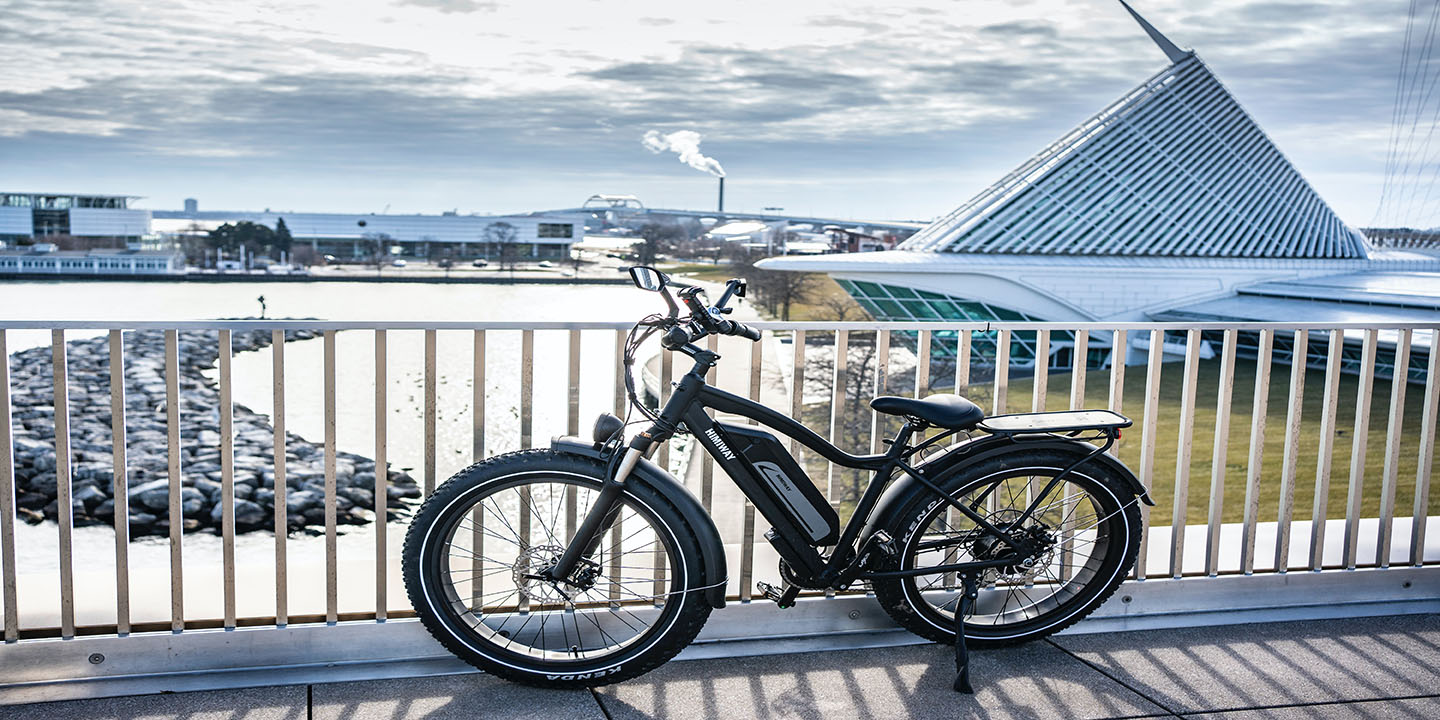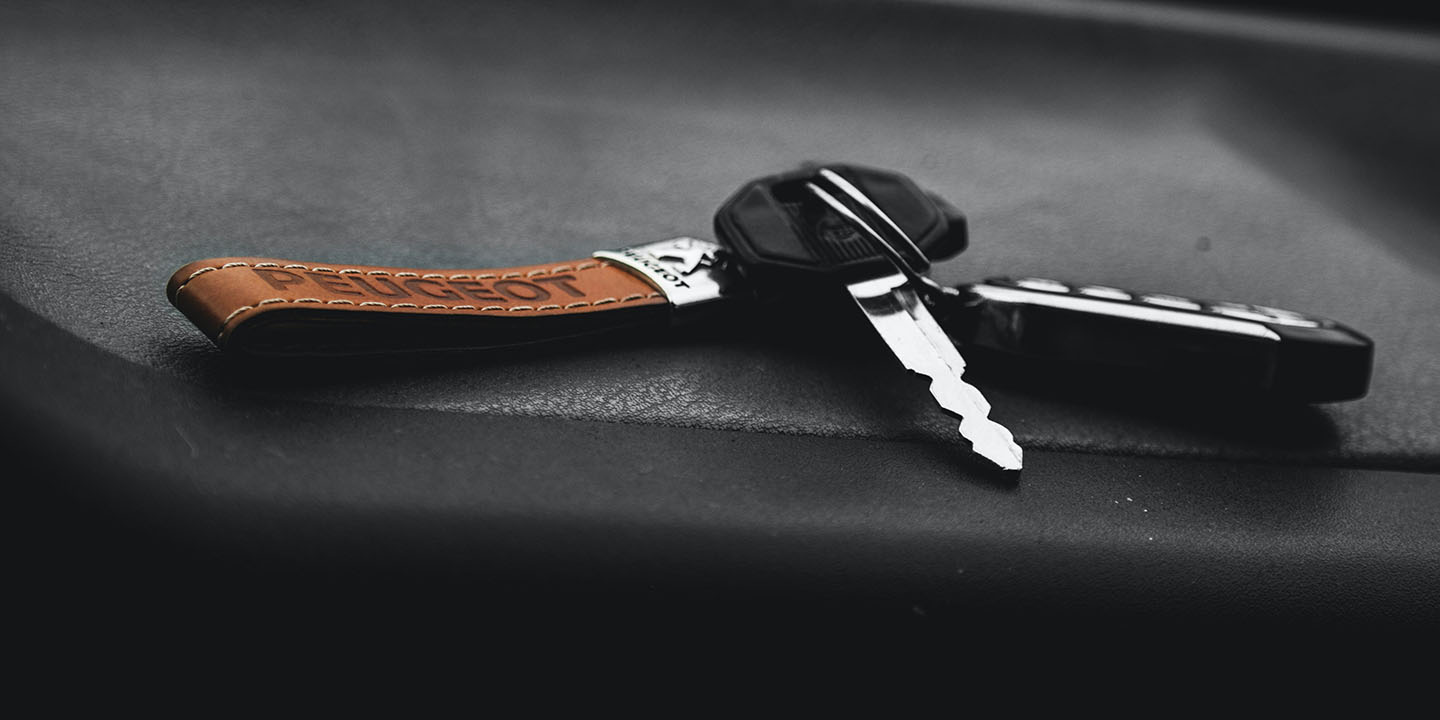Fads. We all fall for them. There’s something in the human psyche that makes us want to fit in, even if the thing we are fitting into will be seen as really dumb six months from now. (I’m looking at you, harlem shake videos.) But where do they come from? This is a question we pondered after finding an old box of our long dead Chia Pets and Tamagotchis in our mom’s attic. Unsurprisingly, the world’s weirdest fads started in some pretty abstract ways. Hold your Furby, this list might change how you remember some of your favourite childhood obsessions.
11. Pogs
Pogs were the coolest thing on the playground circa 1994. But how did these tiny little cardboard circles with silly pictures on them capture so much attention? The story starts in Japan’s Edo period (1603 - 1867) with a little game called Menko.
Menko was a Japanese game where players would attempt to flip the cards or pieces of their opponent. Just like pogs, Menko pieces were roughly the size of milk caps, brightly colored, and featured the images of cultural icons. So when Japanese immigrants brought the game with them when they settled in Hawaii in the 20th century, local kids began to play the game using milk caps, it spread across the islands like wildfire. Then in 1993, the game hit mainland USA and a fad was born. The original Pogs were simple cardboard circles, but as pogs grew in popularity, they began to evolve. First with the slammers, large heavy metal or rubber pogs. Then, with the colorful pop-culture inspired pogs. McDonalds, Taco Bell, Nintendo, Disney, Kool-Aid, everyone was on pogs. Then, before schools could catch on and ban pogs like they did with everything else that was fun, pogs were gone; off to live in your mom’s attic until they became retro and cool again, which should be like, next week?
10. British Knights
Ahh yes, “The Shoe Ain't Nothin’ Without The BK Button”. If you were a fan of hip-hop in the mid 90’s, you either owned or dreamed of owning these shoes. Designed by Jack Schwartz Shoes, a New York based company, the BK brand saw a surge in popularity in the late 80’s and early 90’s, first as a prize on Nickelodeon's Double Dare, and then in the hip-hop community when they were endorsed by Kool Moe Dee, Public Enemy, and MC Hammer. Unfortunately, the BK branding drew a lot of attention from the LA Crips gang, who claimed the BK brand stood for “Blood Killer” and the shoes found themselves in the middle of some controversy, eventually moving from their heavily branded sneakers to skate-shoe inspired trends, and they quietly disappeared. There was a brief resurgence of the BK brand in 2014, when Jack Schwartz Shoes relaunched them as British Knights N.A. with the help of Justin Beiber creator, Scooter Braun. But so far they have failed to catch the attention that the original BK’s did back in the 90’s.
9. The “Cool S”
Regardless if you called it “The cool S” the “Superman S” or the “Stussy” you know the S I’m talking about. Your journal was filled with them, you drew them on your hand, some of the more rebellious of you drew them on the stalls in the middle-school bathroom. We all loved to draw the S. But where on earth does it come from?
Well, here’s the thing… No one knows. (My best guess is aliens)
There are a few things we do know for certain though. First, It’s certainly not the Superman S. Benjamin LeClear, who heads up the comics library at DC, confirmed that Superman has never used this logo. Second, we know it’s not a Stussy logo. Emmy Coates, who has worked at Stussy since 1985 says the same thing.
So it’s not Superman, and it’s not Stussy, which leaves one possibility. “It’s just cool”. Experts, yes there are experts on the Cool S, believe it’s popularity comes from the fact that it looks cool, is easy to draw, and is a Moebius strip, which is a looped one-surface shape. Basically, kids can’t draw, so when you show them how to make something cool on demand, it will go viral. My bet is still aliens though.
8. Furby
Released in 1998 by USA- based, Tiger Electronics (of those crappy LCD handheld games your grandma got you for Christmas because she didn’t know what “a Nintendo” was, fame) Furby was the big “Must-have” toy that year. Created by David Hampton, Furbies looked like what you would get if you injected hamster DNA into an Owl, and had the interesting ability to “learn” English. They also got banned from the CIA, because people were afraid that the Furbies were listening to state secrets and would totally spill the beans if they ever got out of the building. Furbies were so popular that in their first three years on the market, Tiger reports selling 40 million units. Like so many of the fads of the 90’s, Furby hit peak popularity when they were a toy in McDonalds’ Happy Meals, and just like when a meme is dead once you see it in real life, Furby’s popularity burned out and in 2002, the last Furby was produced.
But of course, there was the inevitable relaunch in 2005, then again in 2012, so given the pattern, expect to see another Furby resurgence in 2021.
7. Tamagotchi
In November of 1996, Bandai brought the Tamagotchi to shelves in Japan, and by May of 1997, they had expanded the market world-wide, becoming one of the largest toy fads the world had ever seen. A portmanteau of the Japanese words tamago (たまご), which means "egg", and the english word "watch", these were cute little “digital pets” that could be taken anywhere. Gameplay on the Tamagotchi was simple, you activate the toy, wait for the egg to hatch, then feed, play games with and care for your Tamagotchi. After a set period of time the pet would grow from a baby, to a child, then teen, and adult. If you failed to take care of your pet though they would die, sometimes shockingly quick. This lead to many children taking the Tamagotchi to school, and eventually getting banned. (Sensing a pattern here? It’s almost like American schools banned everything that is fun.)
Tamagotchi spawned various competitors such as Tiger Electronics’ Giga Pet, or Bandai’s own Digimon, and although the popularity of Tamagotchi waned into the early 2000s, you can still find Tamagotchi fairly easy, including a free official Android and iOS version named "Tamagotchi L.i.f.e."
6. Oxygen Bar
One of the stranger fads to come out of the mid 90’s was the oxygen bar. Opening March 2nd, 1996 in Toronto, Canada, the O2 bar was the world's first “Retail oxygen bar”. Modeled after air stations in Tokyo and Beijing, which combated pollution in the city, the oxygen bar craze was a place where patrons could enjoy 99.9% pure oxygen. The concept spread to New York, California, Florida, Las Vegas, and beyond. Sometimes, the oxygen would be “flavored” with food particles or aroma oils, and would be inhaled via a rubber tube inserted into the nose. The craze really kicked off once the alternative medicine types got ahold of it and made claims that inhaling this pure oxygen could remove toxins and some even claimed to cure cancer, despite no actual studies supporting these statements. O2 bars still exist to this day, but most of the initial hype wore down within a year or two, making this one of the wildest fads of the mid 90’s.
5. Polly Pocket
Little girls of the 90’s loved their Polly Pocket. A tiny doll that literally fit in your pocket, was originally designed by Chris Wiggs of the United Kingdom in 1983 using a powder compact and a tiny doll. In 1989 the first Polly Pocket toys hit the shelves in the UK thanks to Bluebird Toys. These original Polly Pocket dolls were made of hard plastic and stood at less than one inch tall. Eventually Bluebird Toys reached an agreement with Mattel to bring the diminutive doll to North America, where she went through a slight redesign, grew up to 3 inches tall, and gained rubberized or magnetic clothing. Then in 1998, Mattel purchased Bluebird Toys outright, redesigned Polly again, making her bigger and fashion-oriented much like Mattel's own Barbie dolls, and even began producing Polly Pocket movies and books. Then in 2002, the original tiny polly pocket toys ceased production, and in 2004 once children began swallowing magnetic parts, Polly was in some trouble. There was a relaunch attempt in 2010, but it never reached the popularity of the 90’s Polly Pocket and as of 2015 the Polly Pocket line has been discontinued.
4. Pokemon
While yes, it is true Pokemon is still incredibly popular, you cannot deny that the original run of Pokemon was one of the biggest fads of the late 90’s. There were cards, video games, tv shows, movies, shoes, shirts, backpacks, Happy Meal toys, the list goes on and on. If you were a kid in 1998, you lived Pokemon. Pokemon is the second best selling video game franchise in the world, behind only Mr Video Game himself, Mario. The Pokemon franchise has grossed over $55 billion worldwide and continues to be a juggernaut of pop culture, but nothing will ever compare to its total pop culture domination in 1999, with the release of Pokemon the first movie. You know you begged your mom to take you to the movie so you could get that Ancient Mew card. Admit it.
Your grandma knows what a Pikachu is, that’s how all encompassing Pokemon was. We lived and died on the playground by the Gotta Catch Em All mantra, and if you knew how to catch Mew, you were a god. (He’s under the truck by the S.S. Anne) While the popularity of Pokemon waned in the mid 2000’s and early 2010’s, it’s back on an upswing, and with the release of Pokémon X and Pokémon Y in 2013, the franchise breathed new life into itself, and 20 years after its worldwide debut, people are still talking about it.
3. Roller Skates
It’s Friday night, 1997. Your mom has taken you to the local roller skating rink where you meet up with all your friends from school. As you skate in a circle while Tubthumping by Chumbawumba plays, you talk about the movie you are gonna rent from Blockbuster later and try to come up with a plan to convince your mom that it’s ok to have a sleepover tonight. But none of this would be possible if it wasn’t for one Belgian man in 1760. His name was John Joseph Merlin, and he was the inventor of the roller skates. (Technically, Roller Skates first appeared in 1743 in London, but John Merlin was the first to patent them, so that’s how history will remember it.) Then in 1863, James Plimpton from Massachusetts invented the 4 wheeled roller skates that would begin the skating rink craze. Then roller disco happened, and the fad was in full swing. However, by the early 2000’s, rink attendance dropped and many skating establishments closed, Chumbawumba echoing throughout their empty halls.
 Publicdom
Publicdom
2. The Macarena
Please don’t make me write about this song. It will get stuck in my head and it’s taken me almost 15 years to get it out.
Dale a tu cuerpo alegría Macarena
Que tu cuerpo es pa
' darle alegría cosa buena
Dale a tu cuerpo alegría, Macarena
Hey Macarena!
Aww crap.
Fine, The Macarena. Somehow this Spanish dance song by Los del Rio, was everywhere in the mid 90’s. It was originally recorded in 1992, but it wasn’t until 1996 when the Bayside Boys remixed it, and added in some english lyrics that it really grew in popularity.The Macarena quickly took to the top of the charts, where it remained for 14 weeks. It’s popularity could be explained by the catchy rhythm, and the simplistic dance moves that everyone knew. The Macarena is consistently ranked among the top one hit wonders in the world, and even though it’s popularity eventually diminished, it retained the title of the longest stay at #1 on the hot 100 charts until Adele's "Rolling in the Deep" took the title 15 years later.
1. Dancing Baby
The first viral video. A dancing baby doing the cha-cha. Shipped in 1996 as a product file for the animation software “Character Studio” the dancing baby was all over the early internet. On forums, websites, and emails, the baby was huge. Designed by the dev team for Autodesk’s animation software, the baby has relatively innocent origins. Once the 3d source file was released, animators rendered it out and it began to circulate on Compuserve forums. American Programmer John Woodell then created an animated gif from the source, uploaded it to his web page and then it spread like a virus, giving rise to the “Viral” descriptor. Eventually the baby found mainstream popularity on the TV show Ally McBeal, where it was paired with Blue Swede's “Hooked on a feeling” or for you younger readers, “that ooga chacka song from Guardians of the Galaxy.”

















